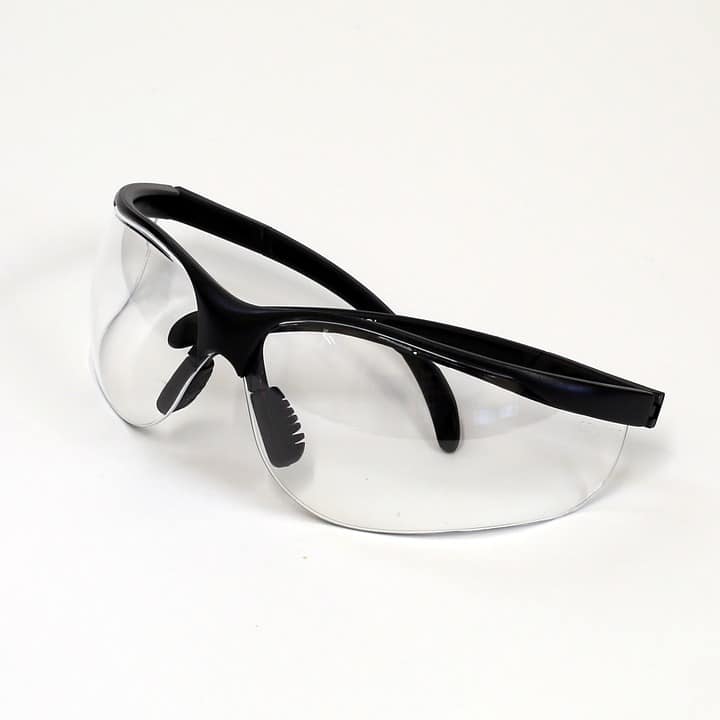
 Author Ursula Le Guin wrote, "We scarcely know how much of our pleasure and interest in life comes to us through our eyes until we have to do without them." Your eyes are so important - wouldn't you want to protect them, especially at work?
Author Ursula Le Guin wrote, "We scarcely know how much of our pleasure and interest in life comes to us through our eyes until we have to do without them." Your eyes are so important - wouldn't you want to protect them, especially at work?
There are more than 20,000 workplace eye injuries each year. As July is Eye Injury Prevention Month, we thought we would give some tips on preventing these accidents and protecting your eyes and sight.
The first step toward safeguarding your eyes is to be aware of all of the things in the workplace that could be potential hazards. Some hazards are easy to recognize. If there are tools or equipment that produce flying debris or throw off dust, these can potentially cause eye injury. But hazards can come from less obvious places, too. Materials stored improperly on high shelves can fall. Fellow workers carrying large loads may accidentally strike others.
By taking stock of tools, equipment, and supplies, and by making yourself aware of the space you work in, you can prevent a lot of workplace accidents that can lead to eye injury. It's also important to know where to find safety equipment like protective eyewear and eyewash stations, so let's talk about those.
Protective eyewear includes spectacles, goggles, and masks designed to protect you from hazards that could cause eye injury. If you wear prescription glasses, protective eyewear can be made in your prescription or you can wear goggles designed to fit over your glasses.
The Occupational Safety and Health Administration (OSHA) requires protective eyewear for jobs that involve a number of hazards including flying objects, chemicals, vapors, or even dangerous light radiation. Employers must supply protective eyewear and train workers in its use. If multiple employees share protective eyewear, the devices must be sterilized between uses.
OSHA requires eyewash stations if workers are at risk of exposure to corrosive materials. The standard the agency follows requires eyewash stations to be positioned so that any worker can reach one within 10 seconds. They must be well-lit and be able to function for 15 minutes at a time.
Eyewash stations deliver a flushing fluid at a temperature between 60 and 100 degrees. This fluid needs to be clean of debris, and, chemically, it should be very close to the fluid in the eye. The point is to wash out damaging materials without introducing new ones or doing additional damage to the eyes.
It may seem simple, but it really helps. Many workplaces produce dust, grime, or debris that can cling to your hands. If you later rub or wipe your face, these contaminants can get into your eyes and cause potentially serious damage. Proper hand washing can eliminate contaminants and also kill microorganisms that can lead to eye infections.
By following these simple tips, you can protect yourself and your co-workers from eye hazards. Protective eyewear alone can prevent 90% of serious eye injury. It doesn't take much time to keep your workplace safe.
Are you looking for more information about staying safe at work? Keep in touch with us on Facebook or Twitter for more tips!
"*" indicates required fields